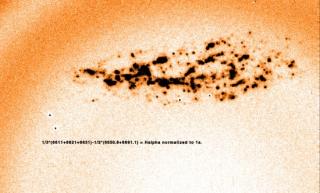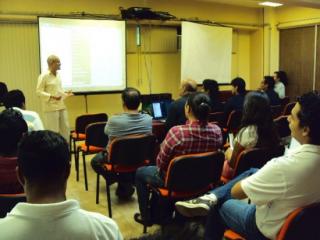
El instrumento, ubicado en el GTC, propicia el primer intento de estudiar de forma simultánea el entorno de una emisión de rayos gamma y una supernova A pesar de que son los eventos electromagnéticos más luminosos del universo, los brotes de rayos gamma (más conocidos por su acrónimo inglés GRB) guardan todavía secretos para la Astrofísica. Estos destellos, que ocurren varias veces al día, se asocian por lo general al colapso de una estrella masiva ubicada en una galaxia distante que acaba convertida en un agujero negro. Sin embargo, resulta muy complicado determinar la ubicación exacta del
Advertised on

